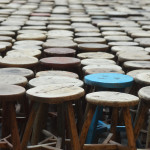
Behind a chain-link fence on a corner of the Kulturepark Planterwald in East Berlin, Spreepark is a sprawling tangle of dilapidated amusement rides, defunct man-made water features, graffiti and vigorous vegetation. On any given day, scores of curious scale the fence to explore, photograph and drink Berliner Kindl in the tunnels and dark corners of the park. They dodge the park’s hired security force that patrols the grounds, sometimes armed with guard dogs.
After some time listed on eBay last Spring, Spreepark was officially purchased by the city of Berlin. The sum of the sale is undisclosed (some speculators estimate 2 million euros), but the significance of this change of ownership points to Berlin’s rapid change. This relic of the GDR (East Germany) has been standing mostly dormant for the last 13 years, save for a child-size choo-choo train and a bratwurst-and-beer kiosk that was periodically made available to law-abiding visitors.

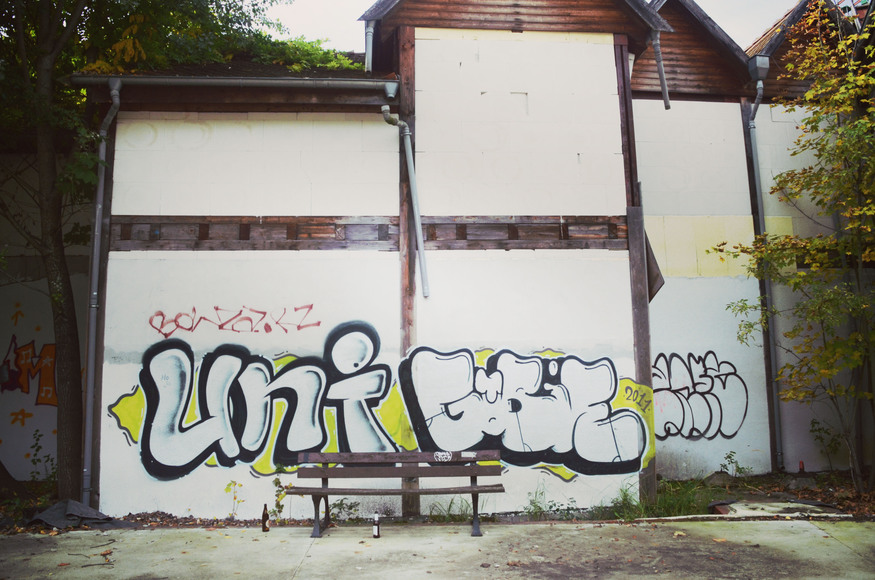
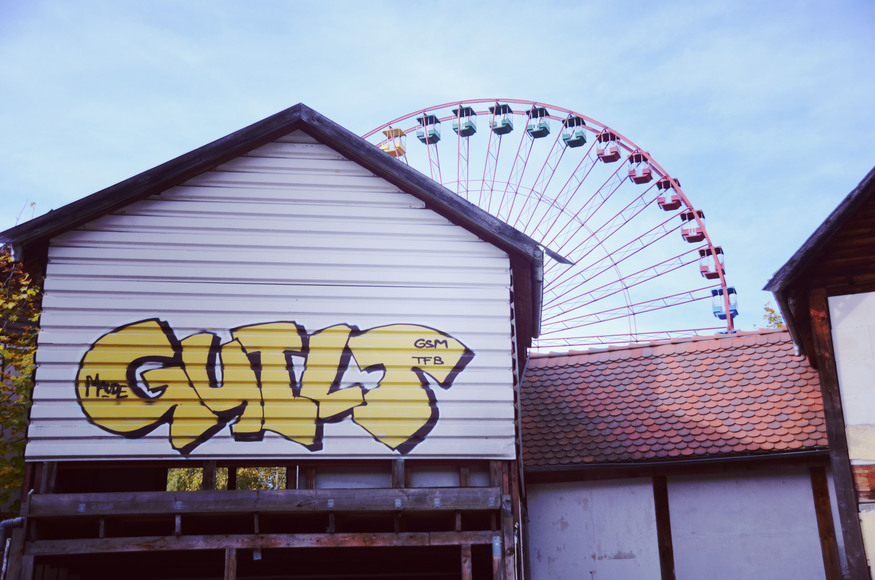
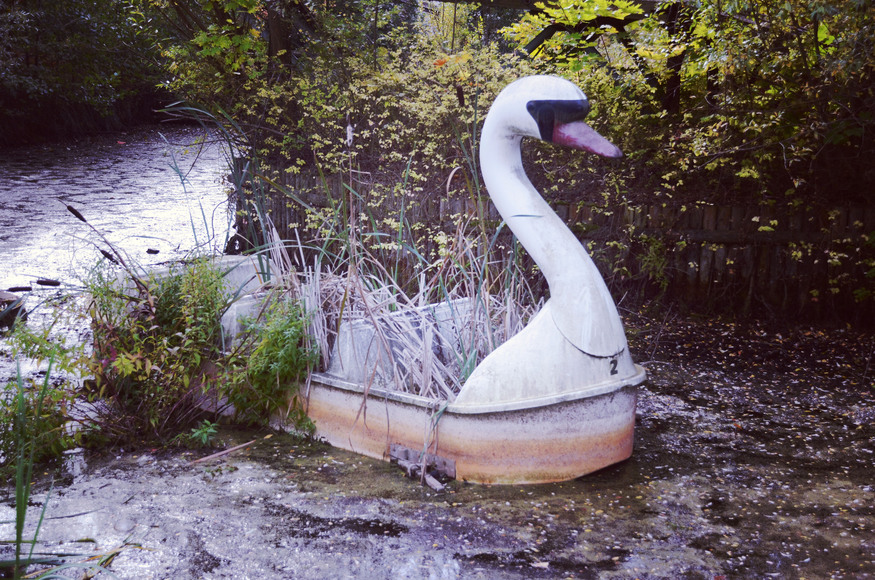
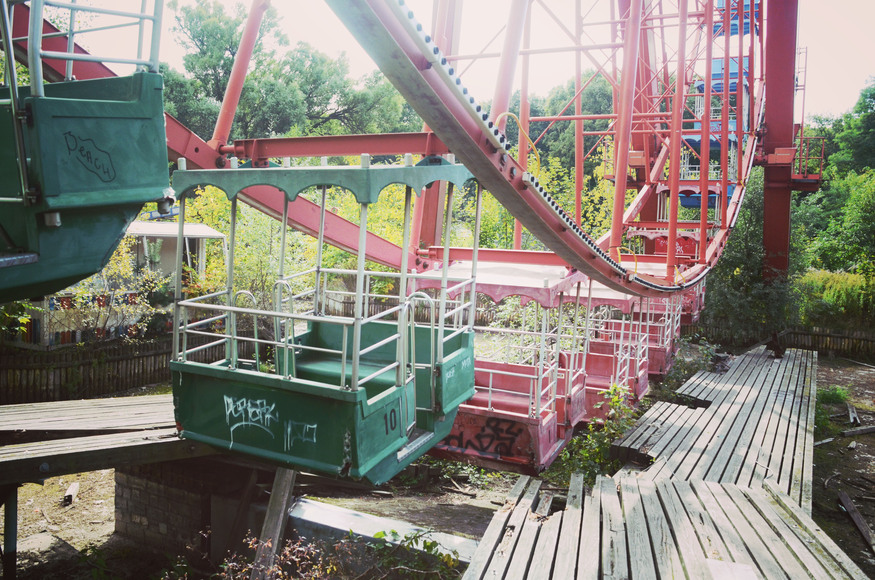
Once the only large-scale amusement park in the GDR and the only “family fun park” in either East or West Berlin, Spreepark is located amidst a giant green space filled with meandering forested footpaths and bordered on one side by a long stretch of Berlin’s idyllic Spree river.
The Spreepark has an enormous 29.5 hectare (just under 73 acre) footprint; and since its original opening in 1969, the park’s giant ferris wheel has remained an East Berlin landmark. The park hosted crowds of families up until the reunification of Germany and at its height, 1.5 million people visited every year. After the wall came down, the park closed, and was put on the market in 1991.
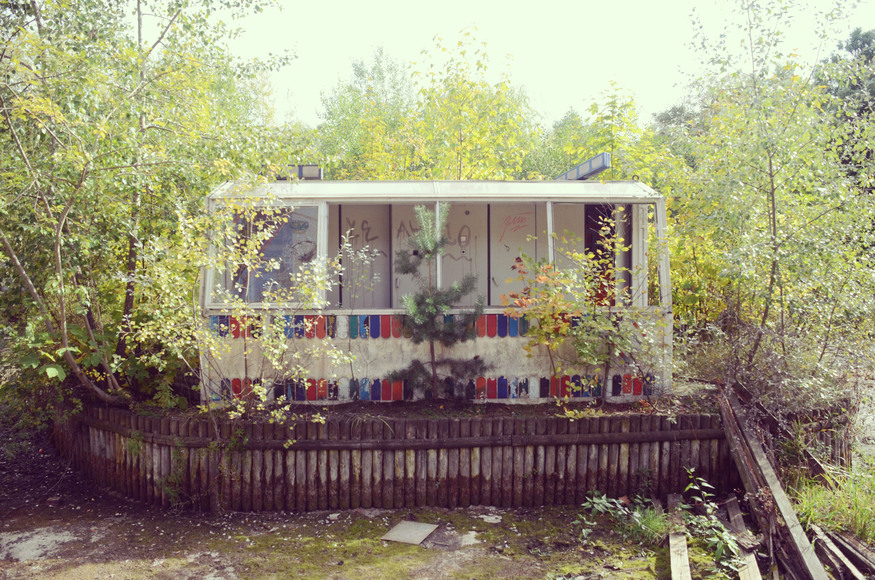
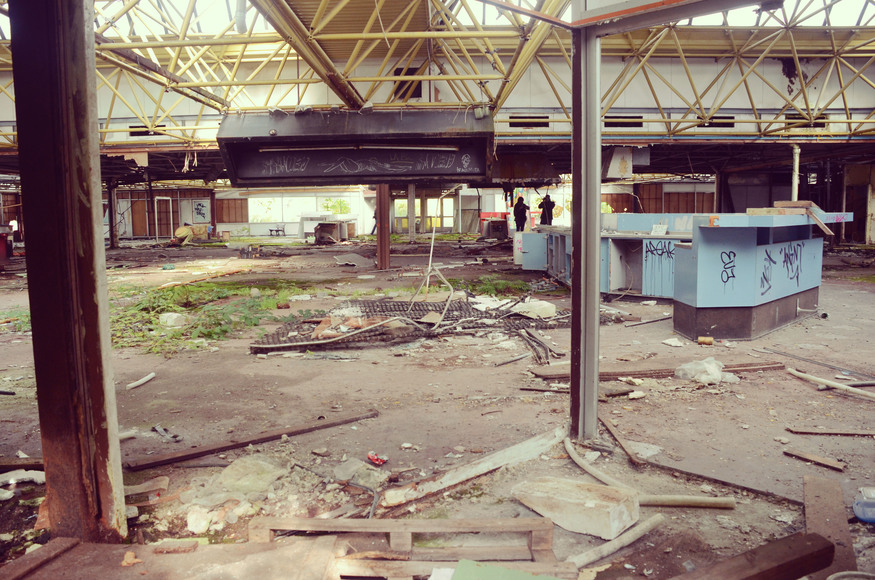
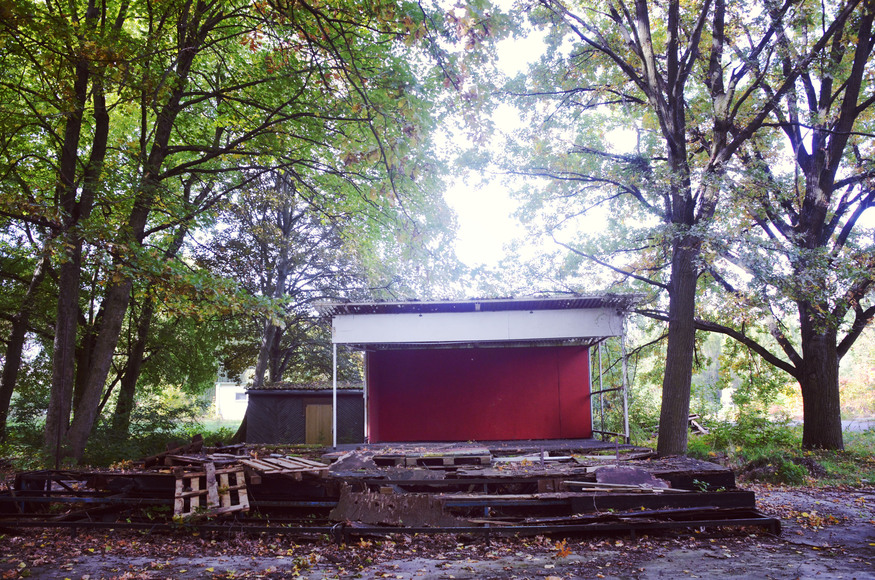


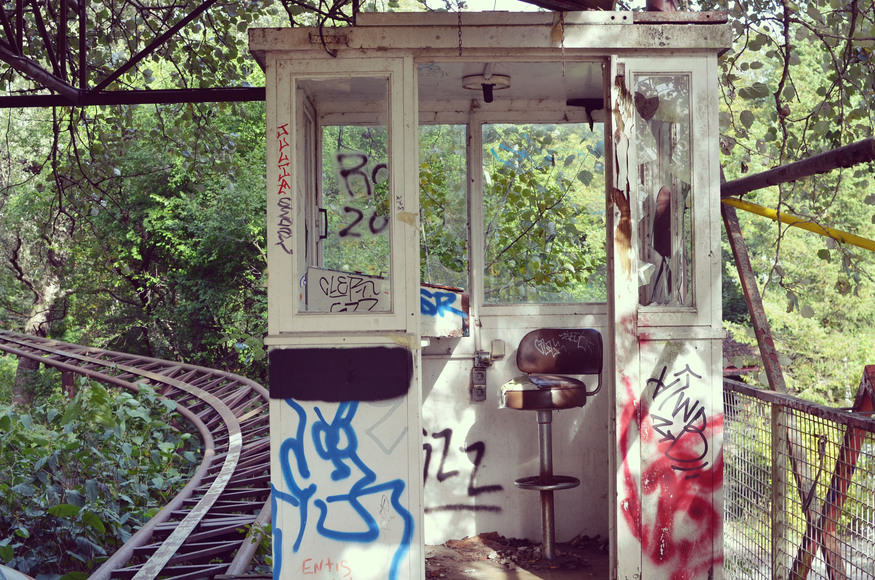
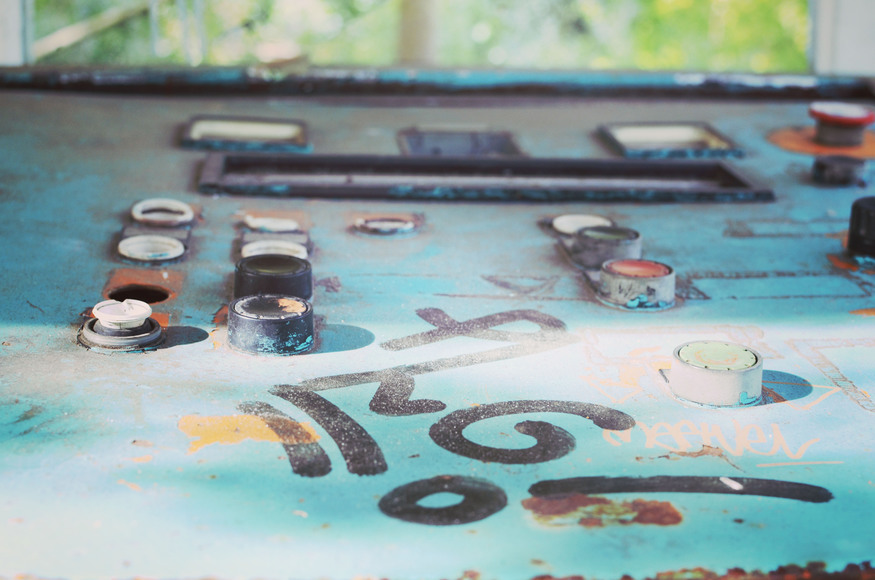
Spreepark was sold to Norbert Witte of Hamburg. Witte’s life story reads like pulp fiction and is essential to understanding the park’s current state of dilapidation. Born to a family of carnival workers, he grew up surrounded by the family trade—his grandfather was a famous carnival artist known as the “King of Albania.”
In 1981, still early in his carnival career, he was involved in one of the worst carnival accidents in German history. The event involved the malfunction of a carousel at a carnival in Hamburg. Seven people died and fifteen were injured due to faulty equipment. Witte was convicted of manslaughter charges in 1985 and after his release from prison, was unable to get contracts in Germany. Desperate to find new prospects, he moved his business to the then-Yugoslavia.
In 1991, some say by a fluke of sloppy paper processing, Witte beat out a handful of other interested investors and obtained Spreepark under his wife’s name. The couple subsequently put tons of resources into the park, adding extensive water features, more rides and replacing the ferris wheel with a giant sky-scraping model. For the first few years, the park was able to attract visitors. Following years were not as successful and by 2001, the Wittes had amassed 11 million euros of debt and had to close shop.
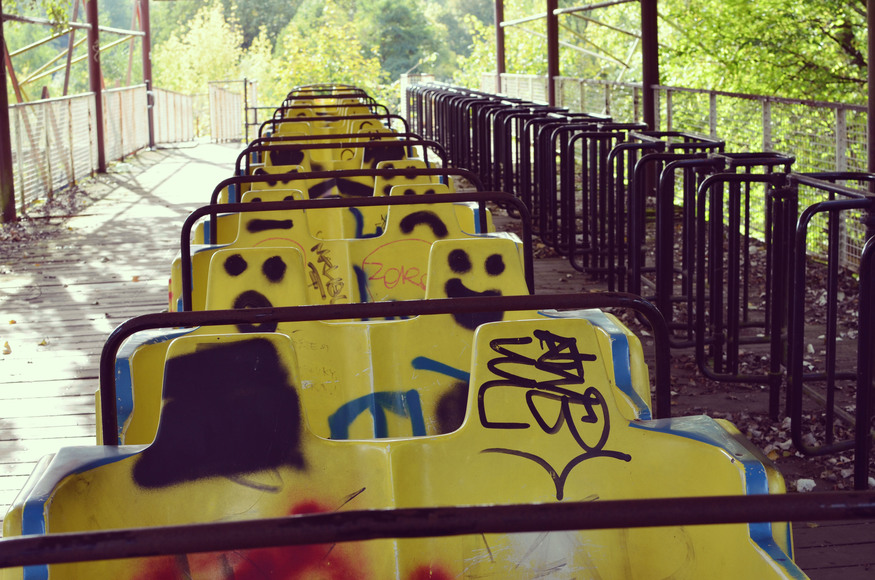
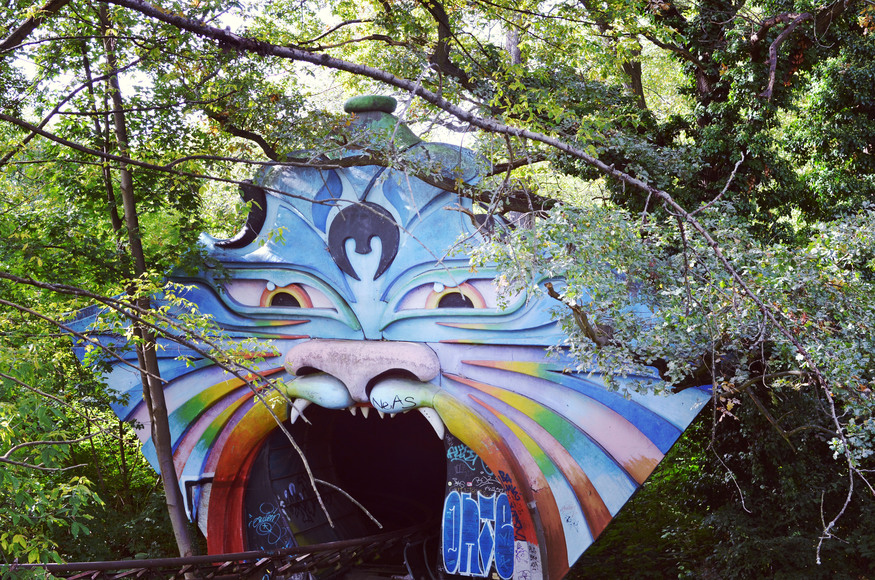
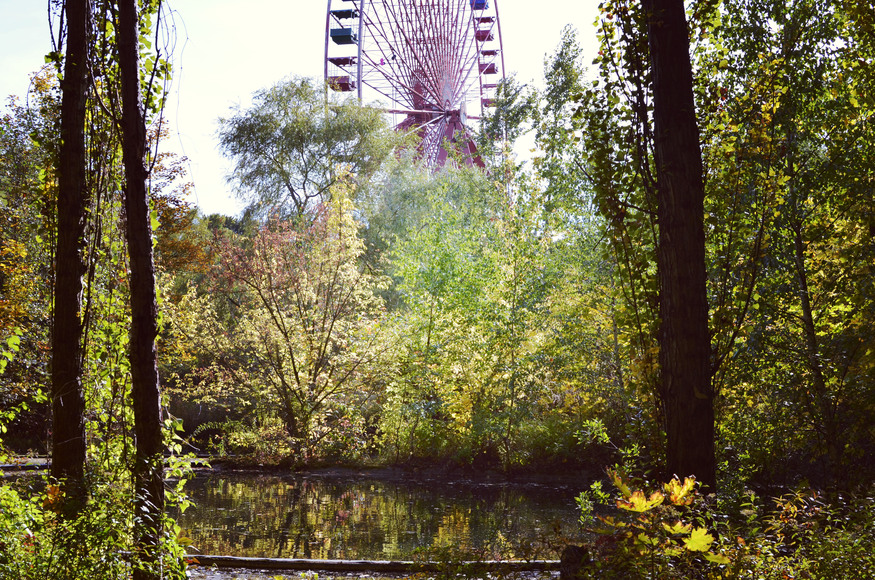
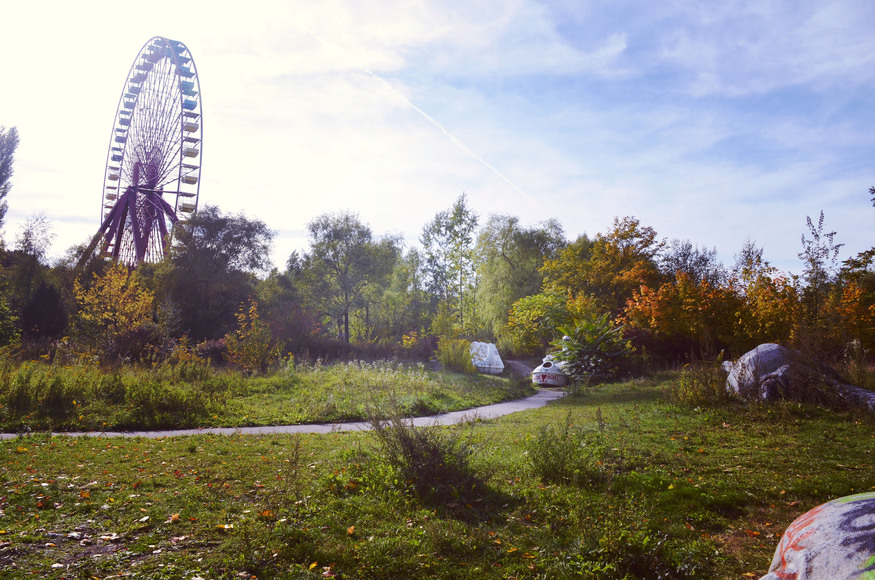


The story doesn’t stop here. In 2002, Witte, along with a few of his friends and family, decided to move to Lima, Peru. They shipped six carnival rides to Lima, telling the German government that they were taking them there for repairs. A couple years later, after a failed attempt to break into the Peruvian carnival business, Witte and his associates tried to smuggle 180 kilos of cocaine back to Germany in the mast of a flying carpet ride. Before the drugs were shipped, the plan was botched, and his son was later convicted of drug smuggling charges in Peru and sentenced to 20 years in prison.
Until two months ago, Witte spent his days on a corner of the Spreepark in a small white trailer, amidst a cluster of other trailers inhabited by family members. The Wittes’ time at Spreepark finally came to an end when they were ordered to remove themselves and their trailers once the land changed hands.
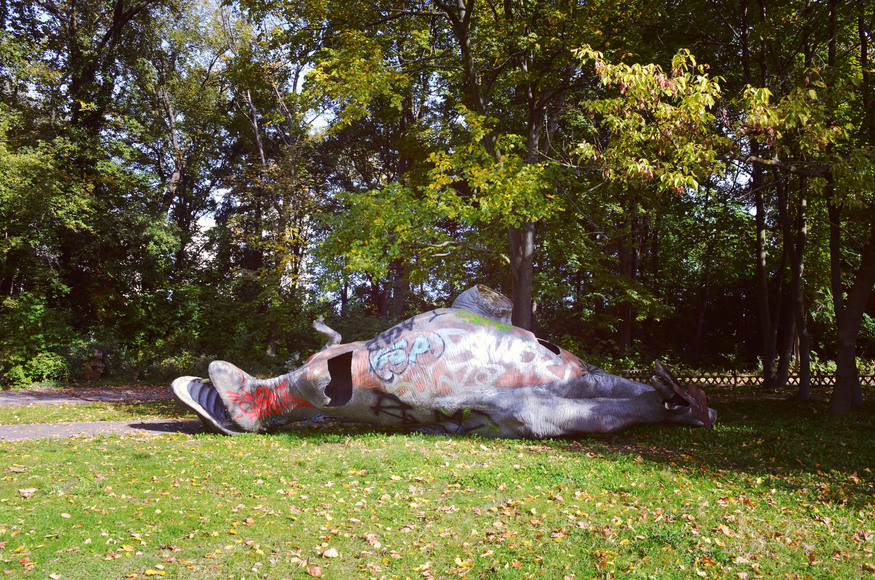
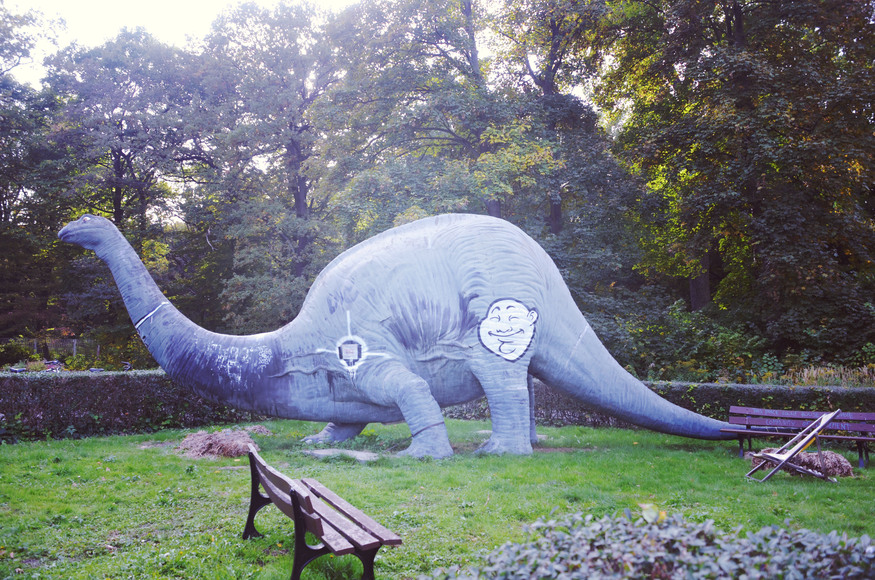

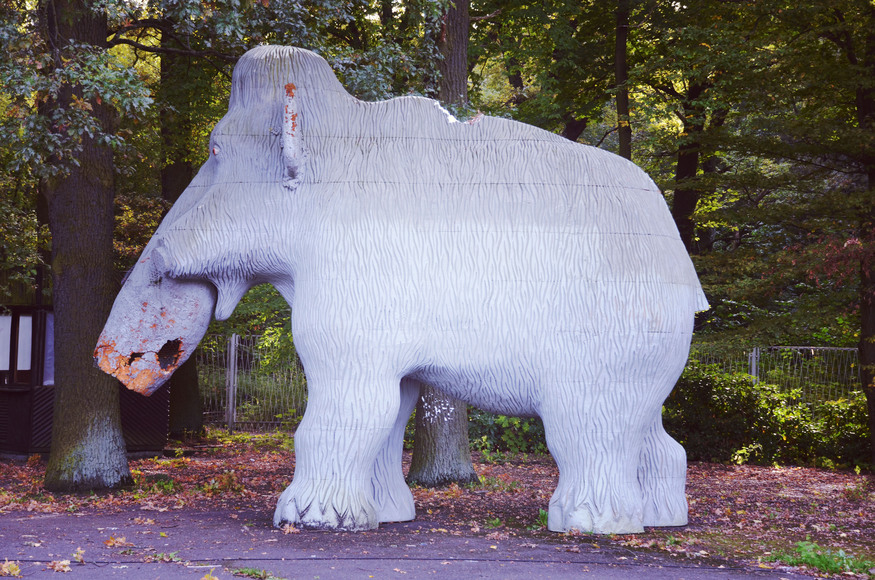
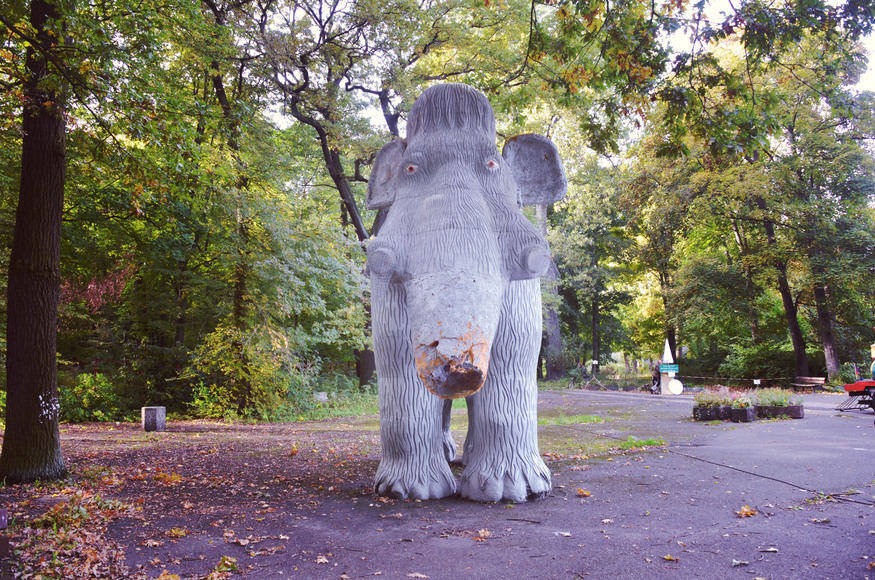


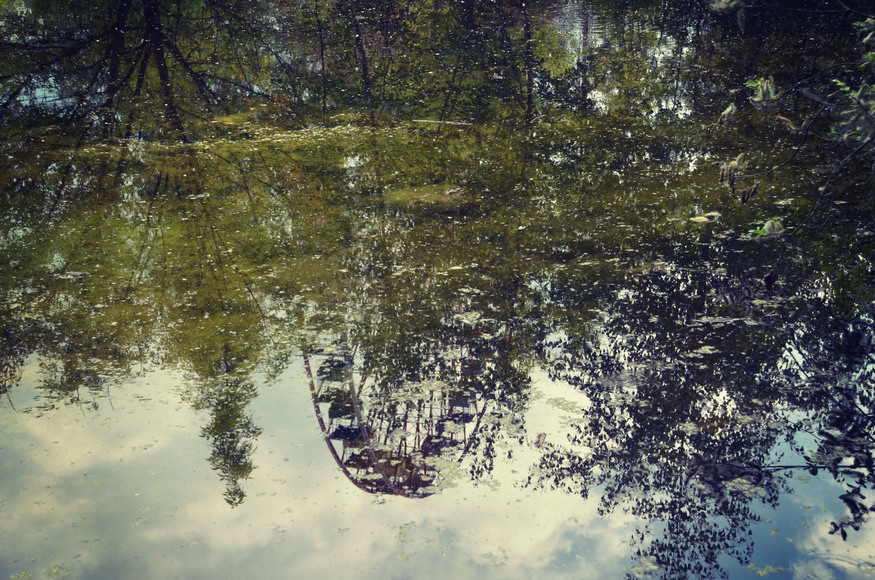
As for the future of the park, there is much speculation. Some say that the city plans to tear down the rusted rides and old fiberglass dinosaurs and build an ecological family-oriented park. Others speculate that luxury condos are on the horizon. Perhaps there will be both.
Whatever happens, this is definitely the end of an era and chances are it will soon be impossible to explore Spreepark simply by hopping a fence and dodging some security. Odds are also good that the GDR relic, that giant ferris wheel visible above the trees and in the distance, will soon be deemed too hazardous to remain.







